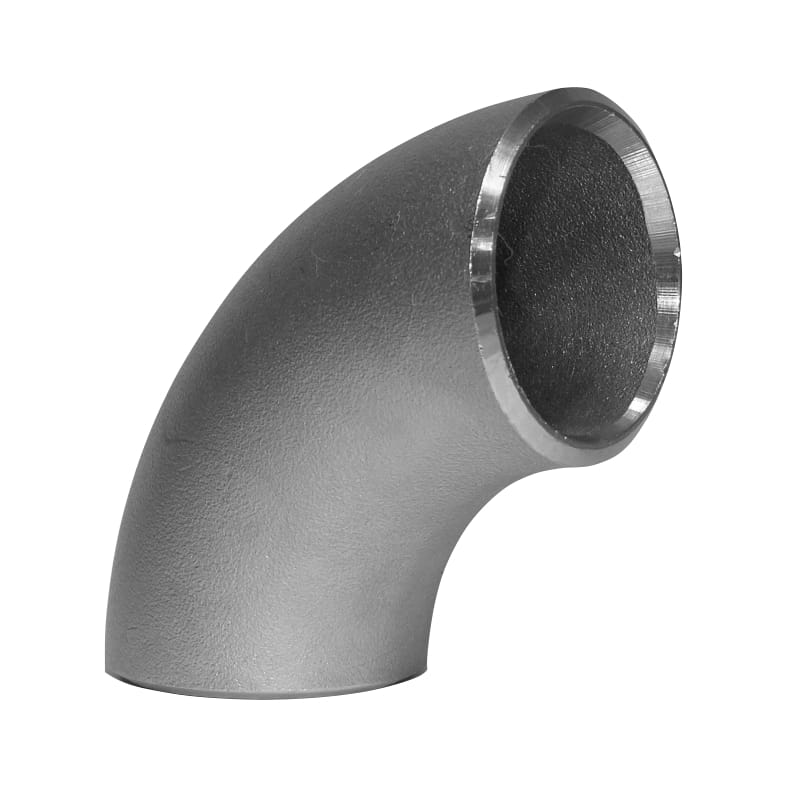-
Cangzhou Yulong Steel Co., Ltd.
-
Phone:
+86 13303177267 -
Email:
admin@ylsteelfittings.com
- English
- Arabic
- Italian
- Spanish
- Portuguese
- German
- kazakh
- Persian
- Greek
- French
- Russian
- Polish
- Thai
- Indonesian
- Vietnamese
- Zulu
- Korean
- Uzbek
- Hindi
- Serbian
- Malay
- Ukrainian
- Gujarati
- Haitian Creole
- hausa
- hawaiian
- Hebrew
- Miao
- Hungarian
- Icelandic
- igbo
- irish
- Japanese
- Javanese
- Kannada
- Khmer
- Rwandese
- Afrikaans
- Albanian
- Amharic
- Armenian
- Azerbaijani
- Basque
- Belarusian
- Bengali
- Bosnian
- Bulgarian
- Catalan
- Cebuano
- China
- China (Taiwan)
- Corsican
- Croatian
- Czech
- Danish
- Esperanto
- Estonian
- Finnish
- Frisian
- Galician
- Georgian
- Kurdish
- Kyrgyz
- Lao
- Latin
- Latvian
- Lithuanian
- Luxembourgish
- Macedonian
- Malgashi
- Malayalam
- Maltese
- Maori
- Marathi
- Mongolian
- Myanmar
- Nepali
- Norwegian
- Norwegian
- Occitan
- Pashto
- Dutch
- Punjabi
- Romanian
- Samoan
- Scottish Gaelic
- Sesotho
- Shona
- Sindhi
- Sinhala
- Slovak
- Slovenian
- Somali
- Sundanese
- Swahili
- Swedish
- Tagalog
- Tajik
- Tamil
- Tatar
- Telugu
- Turkish
- Turkmen
- Urdu
- Uighur
- Welsh
- Bantu
- Yiddish
- Yoruba

Nov . 09, 2024 22:12 Back to list
Din Slip On Flange Specifications and Applications in Piping Systems
Understanding DIN Slip-On Flanges An Overview
When it comes to piping systems, the choice of flanges plays a critical role in ensuring the efficiency and safety of fluid transfer. Among the various types of flanges available, the DIN slip-on flange stands out due to its unique design and practical applications. Understanding these flanges, including their characteristics, benefits, and installation procedures, is essential for engineers and technicians involved in piping projects.
What is a DIN Slip-On Flange?
The DIN slip-on flange is a type of flange that is designed to slip over the pipe and is then welded in place. The term DIN refers to the standards set by the Deutsches Institut für Normung (German Institute for Standardization), which outlines the dimensions, tolerances, and mechanical properties for various types of flanges used in Europe. Slip-on flanges are characterized by their simple design, which allows for ease of alignment during installation.
Features and Specifications
DIN slip-on flanges come in various sizes and materials to accommodate a wide range of piping requirements. Generally, they are manufactured from materials like carbon steel, stainless steel, and alloy steel, providing versatility in numerous environments, from water to high-pressure and corrosive systems.
The design of a slip-on flange typically includes a raised face or a flat face, and the flange's bore diameter is slightly larger than the pipe’s outer diameter, allowing it to slip over the pipe. Standard pressure ratings for DIN slip-on flanges often include PN10, PN16, PN25, and PN40, indicating the maximum pressure the flange can handle under certain conditions. Common standards for these flanges are DIN 2573 and DIN 2576, which define their dimensions and pressure ratings.
Advantages of DIN Slip-On Flanges
1. Ease of Installation Slip-on flanges are easier to install compared to other flange types. Since they can be adjusted and aligned before welding, they help reduce the time and effort required during assembly.
din slip on flange

2. Cost-Effectiveness The simpler manufacturing process of slip-on flanges often translates to lower costs. They do not require extensive machining, making them a budget-friendly choice for various piping systems.
3. Versatility These flanges can be used in a wide array of applications, from low-pressure systems to high-pressure scenarios, indicating their adaptability across different industries, including oil and gas, water treatment, and chemical processing.
4. Reduced Risk of Leakage When properly welded, slip-on flanges provide a robust connection that can mitigate leakage risks, ensuring the system maintains pressure without compromising integrity.
Installation Considerations
While the installation of DIN slip-on flanges is straightforward, there are several best practices to follow to ensure a successful fit. Firstly, the surfaces of both the flange and pipe should be clean and free from contamination. This step is crucial to ensure a strong weld.
Secondly, after positioning the flange, tack welds should be used to secure it temporarily before performing the final welding. This method allows for adjustments in alignment, ensuring that the flange is perfectly placed. Finally, it is essential to conduct a visual inspection, as well as pressure testing, to check for leaks and verify the integrity of the installation.
Conclusion
In summary, DIN slip-on flanges represent a practical and efficient choice for many piping applications due to their ease of installation, cost-effectiveness, and versatility. Understanding their specifications, advantages, and proper installation techniques can significantly impact the performance and reliability of piping systems. As industries continue to evolve, the demand for reliable connections in fluid transfer systems will keep the slip-on flange an essential component in engineering and manufacturing domains. Whether you’re working on a small residential project or large industrial applications, incorporating DIN slip-on flanges could be key to achieving a successful outcome.
Latest news
-
ANSI 150P SS304 SO FLANGE
NewsFeb.14,2025
-
ASTM A333GR6 STEEL PIPE
NewsJan.20,2025
-
ANSI B16.5 WELDING NECK FLANGE
NewsJan.15,2026
-
ANSI B16.5 SLIP-ON FLANGE
NewsApr.19,2024
-
SABS 1123 FLANGE
NewsJan.15,2025
-
DIN86044 PLATE FLANGE
NewsApr.19,2024
-
DIN2527 BLIND FLANGE
NewsApr.12,2024
-
JIS B2311 Butt-Welding Fittings LR/SR 45°/90° /180°Seamless/Weld
NewsApr.23,2024











